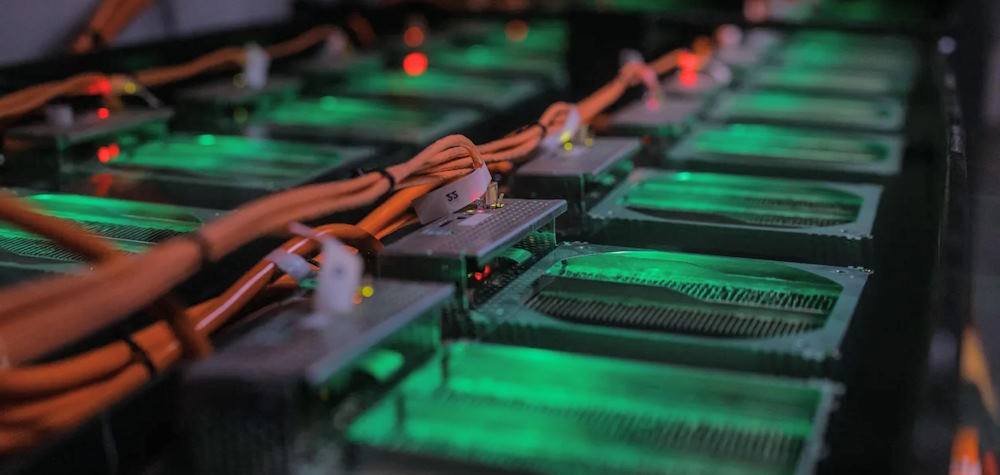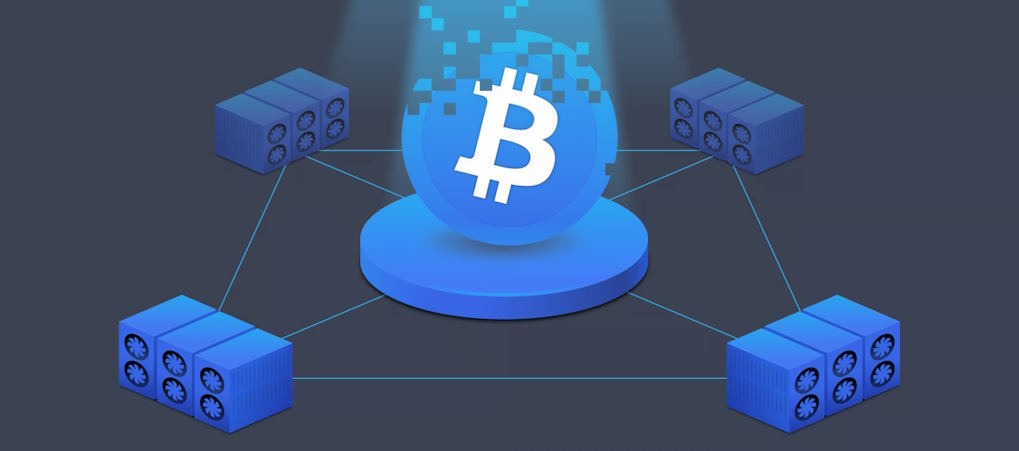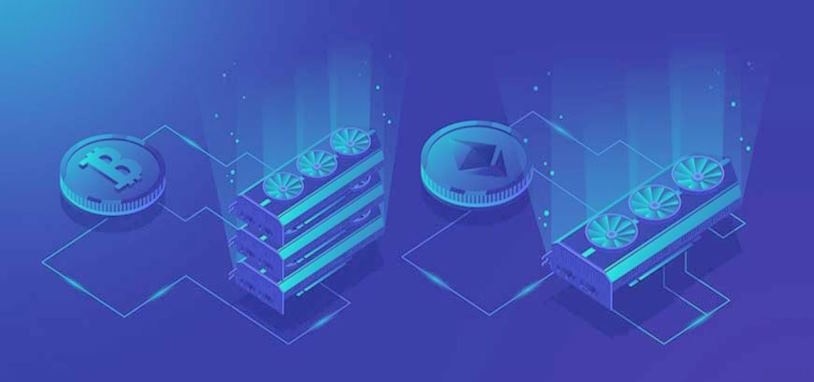Cryptocurrency mining has emerged as a lucrative and innovative way to participate in the world of digital currencies. As the popularity of cryptocurrencies like Bitcoin and Ethereum continues to rise, so does the demand for powerful mining hardware. However, amidst the excitement and potential rewards, miners often encounter a formidable hurdle: hardware compatibility issues. These challenges can significantly impact mining operations, resulting in reduced efficiency, performance bottlenecks, and even complete system failures.
Troubleshooting Hardware Compatibility Issues
To ensure a smooth and efficient cryptocurrency mining experience, it is essential to address hardware compatibility issues. Here are some practical troubleshooting steps that can help you overcome these challenges:
Research and verify compatibility before purchasing hardware
Before investing in mining hardware, conduct thorough research to ensure compatibility. Check the manufacturer’s specifications and recommended system requirements to ensure your hardware meets the necessary criteria. Additionally, consult online forums and communities to gather user experiences and recommendations, as they can provide valuable insights into compatibility issues and potential workarounds.
Diagnosing software and hardware compatibility conflicts
Identifying conflicts between mining software and hardware components is crucial. Incompatibilities can result in performance issues or even system crashes. Carefully analyze the specifications of your mining software and compare them with your hardware components. If compatibility issues arise, consider updating or changing the mining software to a version that is compatible with your hardware setup.

Addressing power supply limitations
Determine the power requirements of your mining hardware to avoid power supply limitations. Insufficient power can lead to unstable mining operations and underperformance. Calculate the power consumption of your components and ensure that your power supply unit (PSU) can meet the demands of your mining rig. If necessary, upgrade to a higher-capacity PSU to ensure stable and reliable power delivery.
Resolving GPU or ASIC compatibility issues
Compatibility between your mining software and graphics processing units (GPUs) or application-specific integrated circuits (ASICs) is crucial for optimal mining performance. Ensure that your mining software supports the specific GPU or ASIC models you are using. Furthermore, regularly check for and install any available drivers or firmware updates provided by the manufacturers to enhance compatibility and resolve potential issues.
Overcoming RAM and storage limitations
RAM and storage limitations can significantly impact mining performance. Optimize your mining software settings to reduce memory usage and ensure efficient utilization of available resources. If your current RAM or storage devices are limiting your mining operations, consider upgrading to higher-capacity options for improved performance and smoother operation.
Managing cooling and thermal challenges
Proper cooling and thermal management are vital to prevent overheating and ensure the longevity of your mining hardware. Ensure that your mining rig setup has adequate airflow and ventilation. Consider installing additional cooling solutions such as fans or even liquid cooling systems to maintain optimal operating temperatures for your hardware components.
Best Practices to Avoid Hardware Compatibility Issues
Cryptocurrency mining is a dynamic and evolving field that demands hardware compatibility to ensure optimal performance and efficiency. To avoid potential compatibility issues, it is crucial to follow these best practices:
Conduct thorough research before investing in mining hardware
Before purchasing any mining hardware, conduct comprehensive research on the specifications and compatibility of the components you intend to use. Check for recommended system requirements and ensure that your chosen hardware aligns with the mining software you plan to utilize. Taking the time to verify compatibility can save you from unnecessary headaches and financial losses down the road.
Regularly update software and firmware for improved compatibility
As the world of cryptocurrencies and mining evolves, so do the software and firmware that power your mining rig. Regularly update both your mining software and hardware firmware to stay current with the latest compatibility enhancements and bug fixes. Frequent updates can ensure smooth operations and better compatibility with the latest mining algorithms and protocols.

Maintain proper power management and monitor power consumption
Mining hardware consumes significant amounts of power, and insufficient power management can lead to compatibility issues or even hardware damage. Ensure that your power supply can handle the load of your mining rig and consider investing in a high-quality power supply unit with ample capacity. Monitoring power consumption can help you detect any irregularities and ensure stable and efficient mining operations.
Implement effective cooling solutions to prevent overheating
Heat is the nemesis of mining hardware. Overheating can cause performance degradation, system crashes, and even permanent damage to your components. Implement effective cooling solutions, such as optimized airflow, high-quality fans, or liquid cooling systems, to maintain proper temperatures and protect your hardware from overheating-related compatibility issues.
Consider scalability and future hardware compatibility when planning mining operations
Anticipate future growth and hardware upgrades by planning for scalability. Invest in hardware that allows for easy expansion and compatibility with future technologies and mining algorithms. By considering scalability and future compatibility, you can save time and money when it’s time to upgrade your mining operation.
